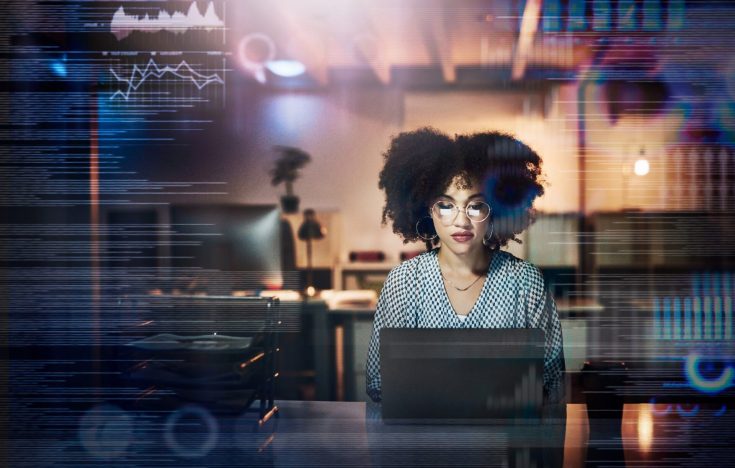Digitalisation of FX markets in recent years has caused a transformational shift in how clients execute their FX trades. The use of FX algorithms (algos) are quickly becoming common practice, as clients look for greater speed, efficiency and optimal pricing.
However, with the Covid-19 pandemic causing huge volatility in the markets, algo providers suspected that clients would revert back to more traditional trading methods. Interestingly, the opposite happened, with BNP Paribas witnessing a huge increase in client algo volumes, perhaps indicating a significant turning point in the use of algos.
Asif Razaq, Global Head of FX Automated Client Execution at BNP Paribas, joined 360T’s podcast series to discuss the impact of Covid-19 on algo use, the latest advancements and the future of algo trading.
Covid-19: the ultimate stress test

Our algo execution suite, Cortex iX, saw an increase in client volumes of 250% during the height of the pandemic.
Asif Razaq, Global Head of FX Automated Client Execution
BNP Paribas
“When it comes to a period of volatility and uncertainty, clients generally tend to shy away from using algo platforms and go back to basics,” commented Razaq. “However, we saw the exact opposite happen, with a huge uptake in client volumes during the height of the pandemic. Our algo execution suite, Cortex iX, saw an increase in client volumes of 250% during the height of the pandemic.”
Razaq explains the increase in demand can be attributed to a number of factors. Firstly, while algos once were a new and unknown technology, clients are increasingly more confident in using them as adoption has steadily increased over the last 10 years. The trend has also been accelerated by the introduction of live trade-cost analysis (TCA) tools, such as BNP Paribas’ Insight Live, providing clients’ greater insight and control over their algo execution. As a result, clients felt more confident putting algos to the test during this period of volatility.
Secondly, with clients’ working set ups hugely disrupted during the crisis, algos provided a simplistic and efficient way to execute trades. Instead of having to call their banking partner in a period where communication channels were challenged, clients could simply let the algo run in the background.
Lastly, the heightened volatility led to much wider spreads, as banks priced cautiously due to increased risk. Therefore, clients turned to algos in an attempt to demonstrate best execution and outperform the market.
All these factors led to a snowball effect, with more and more clients seeing the benefits of using algos during the pandemic. While client volumes have since stabilised, the Covid-19 pandemic has acted as a perfect case study for the use of algos during periods of uncertainty. BNP Paribas has not only seen increased volumes with existing algo users but also seen an increase in clients using algos for the first time.
What’s next for algos?
The Covid-19 pandemic is not the only factor that has caused an increase in algo use. Recent technological advancements has led to the development of sophisticated tools, such as ALiX, the FX industry’s first digital execution assistant. As Razaq explains, ALiX gives BNP Paribas’ algos a voice, and provides real-time commentary on the performance of the algo execution as well as the ability for clients to take action. Clients can now interact with the algo live, and alter the flight path to improve execution. This new level of interaction is putting clients in the driving seat and defining a new level of algo execution.
Listen to the full podcast to find out more about the latest developments in FX algo execution.
